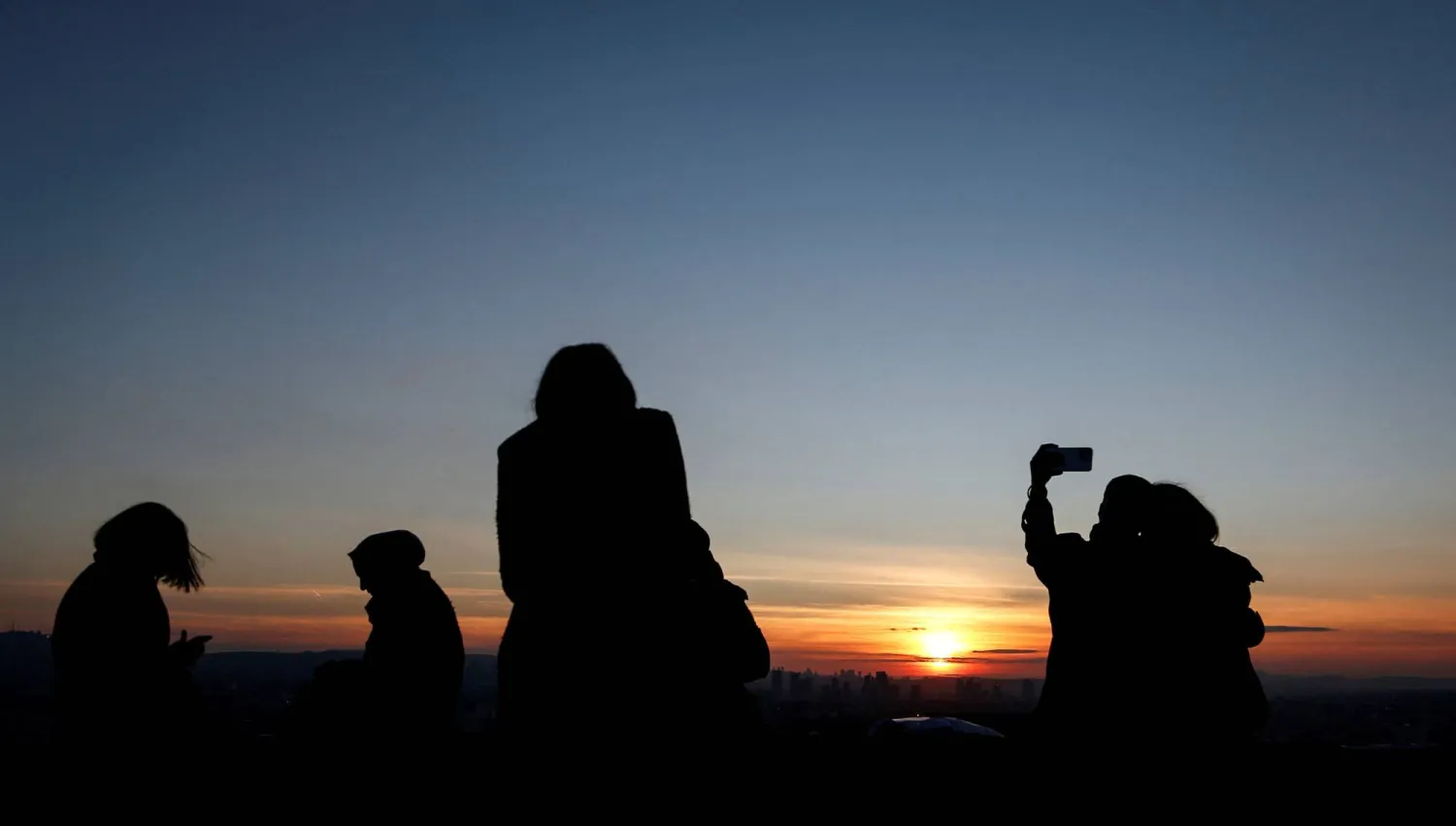Authorities in Rome said Wednesday they were mulling introducing a ticketing system for visitors to the iconic Trevi Fountain, in the latest attempt in Italy to tackle overtourism.
The backdrop to the most famous scene in Federico Fellini's film "La Dolce Vita", when actress Anita Ekberg takes a dip, the 18th-century fountain is top of the list for many visitors exploring the Eternal City.
"Personally, I would be in favor of looking at a new form of access, limited and timed, to the Trevi Fountain," Alessandro Onorato, the city councilor responsible for tourism, told the Corriere della Sera newspaper.
This would be "a (ticket) reservation system -- free for Romans and costing a symbolic one-euro for tourists", he said, in quotes confirmed by the municipality.
The goal is not to raise money but control the crowds -- including stopping them "eating ice cream or pizza on a monument that deserves the proper respect", he said.
As a result of the fountain's fame, the crowds in the square surrounding the Baroque masterpiece are often so deep that it is hard to get a proper look.
A spokesman for the municipality told AFP the ticket proposal was merely "an initial idea -- there is nothing concrete yet".
"It is a delicate, difficult issue, but sooner or later it must be addressed," he said.
"Tourism in Rome, which is reporting record numbers, must be made sustainable for the city and the environment."
Visitor numbers are expected to surge further in 2025 for the Jubilee, a holy year held by the Catholic Church around once every 25 years, with some 30 million people expected in Rome and the Vatican over the 12 months.
Venice earlier this year trialed a five-euro ($5.50) ticket for day visitors during peak periods, in a bid to encourage people to come at less busy times.
Prime Minister Giorgia Meloni's government is also considering hiking the nightly tourist tax, although the proposal has sparked anger among industry groups who warn against scaring people away.
Onorato said Rome authorities would also like to limit the opening of new bed-and-breakfast or holiday homes to reduce the pressure on the historic center, but they do not have the power.
"Today we can limit the number of restaurants or fast-food outlets in the historic center, but we cannot prevent the opening of non-hotel facilities," he said.







